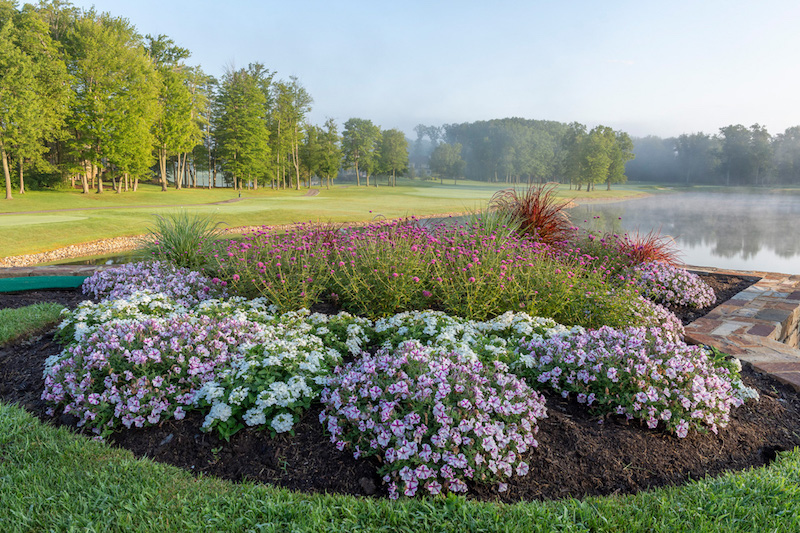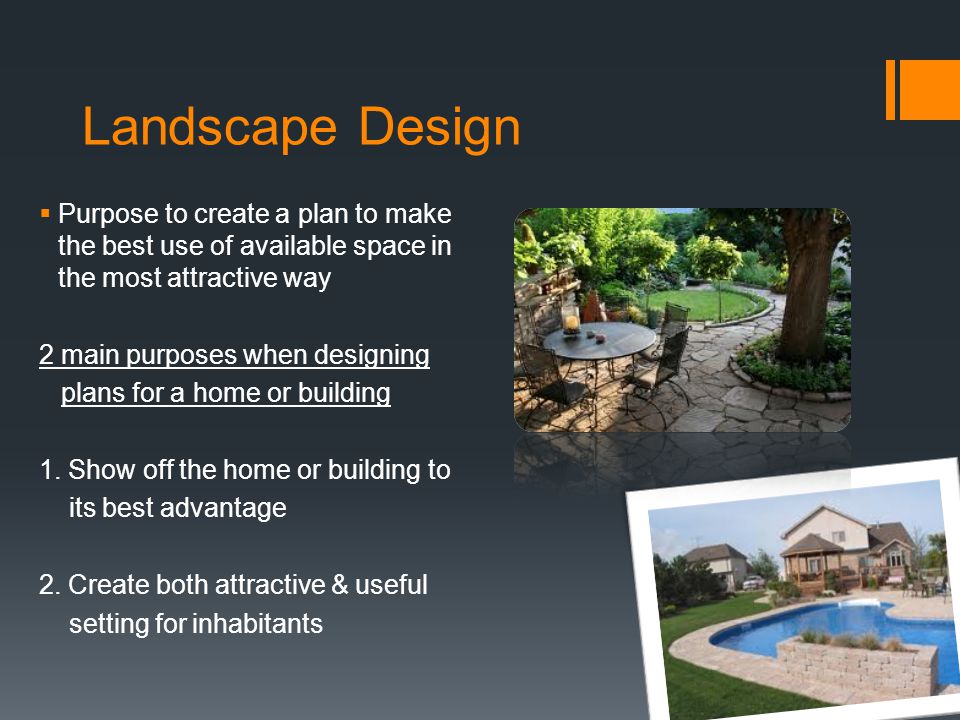Some Known Facts About Hilton Head Landscapes.
Table of ContentsWhat Does Hilton Head Landscapes Mean?The Facts About Hilton Head Landscapes UncoveredAn Unbiased View of Hilton Head LandscapesThe Greatest Guide To Hilton Head LandscapesSome Known Details About Hilton Head Landscapes Some Known Facts About Hilton Head Landscapes.The Greatest Guide To Hilton Head Landscapes
Line develops all types and patterns and can be used in a selection of methods the landscape. Line in the landscape is produced by the side between two products, the synopsis or silhouette of a form, or a long linear attribute. Lines are an effective tool for the developer because they can be utilized to develop a limitless variety of shapes and kinds, and they control activity of the eye and the body.

Lines can have several features, such as those explained below, but they commonly offer various objectives. Figure 1. Lines in the landscape - Landscaping bluffton sc. The buildings of lines figure out just how individuals respond to the landscape, both psychologically and physically. Straight lines are architectural and forceful; they produce an official character, are generally associated with a balanced style, and lead the eye directly to a focal point.
Getting The Hilton Head Landscapes To Work
Curved lines create an informal, natural, unwinded personality that is linked a lot more with nature and unbalanced equilibrium. Bent lines move the eye at a slower pace and add enigma to the room by developing concealed views.
Vertical lines in the landscape include tall, narrow plant material, such as trees, or high frameworks, such as an arbor or a bird residence on a post. Straight lines relocate the eye along the ground airplane and can make a room feel larger. Reduced lines are more subdued and develop a feeling of rest or repose.
See This Report on Hilton Head Landscapes
Low lines are created by reduced yard wall surfaces, sidewalks, and short hedges. Lines are utilized to attract kinds on a plan. In strategy view, they specify plant beds and hardscape locations. Lines are likewise created by the vertical kinds of built functions and plant product. There are three main line kinds that create type in the landscape: bedlines, hardscape lines, and plant lines.
Bedlines connect plant product to the residence and hardscape since the eye adheres to the line, moving the gaze with the landscape. Hardscape lines are produced by the side of the hardscape, which marks the constructed framework. Line can also be created by long and narrow products, such as a fencing or wall surface.
Hilton Head Landscapes Things To Know Before You Get This
Kind is located in both hardscape and plants, and it is generally the dominant visual element that spatially organizes the landscape and typically figures out the design of the yard. The type of structures, plant beds, and garden accessories additionally determines the general type style of the garden. Official, geometric types consist of circles, squares, and polygons.
Plants create kind in the garden with their details or silhouettes, yet form can additionally be defined by a gap or unfavorable area in between plants - Landscapers near me (https://hilton-head-landscapes.jimdosite.com). Circles can be cycles, or they can be split right into fifty percent circles or circle segments and combined with lines to create arcs and tangents
The smart Trick of Hilton Head Landscapes That Nobody is Discussing
Circles are a strong layout type since the eye is always drawn to the facility, which can be used to highlight a focal point or link various other kinds. Circular types in hardscape and lawn panels.
The square form can likewise be fractional and pre-owned repeatedly to produce a grid pattern. Unlike circles, squares are more powerful on the sides, which can be aligned or overlapped to develop one-of-a-kind patterns and more complex types. Polygons are many-sided kinds with straight sides. Triangles, for example, are three-sided polygons.
Meandering lines usually imitate the all-natural course of rivers or streams and can be referred to as smooth lines with deeply rounded undulations. Meandering lines (Number 3) function well for paths, plant bedlines, and dry stream beds. Meandering lines look these up can add rate of interest and secret to a yard by leading audiences around corners to discover new sights and rooms.
Hilton Head Landscapes Fundamentals Explained

Common plant kinds are well established and standardized, as form is the most regular and recognizable characteristic of plants. Kind can additionally be developed with the massing of plants, where the overall mass produces a different kind than a specific plant.
An extremely contrasting kind needs to be utilized with careone or 2 work well as a centerpiece, but way too many create turmoil. Natural plant types, as opposed to over-trimmed kinds, ought to establish the bulk of the structure. The significance of overall form is basically depending on the watching perspectivethe form of a tree can appear fairly different to an individual standing under the canopy versus seeing the tree from a distance in an open field.
Examine This Report about Hilton Head Landscapes
Plant forms additionally create and specify the void or open areas in between the plants, developing either convex or scooped kinds in the voids. High-arching tree branches commonly create a concave open space under the branches, and a round canopy with reduced branches loads the space to produce a convex kind in the open area under the tree.
